Buying Guide For Toilets
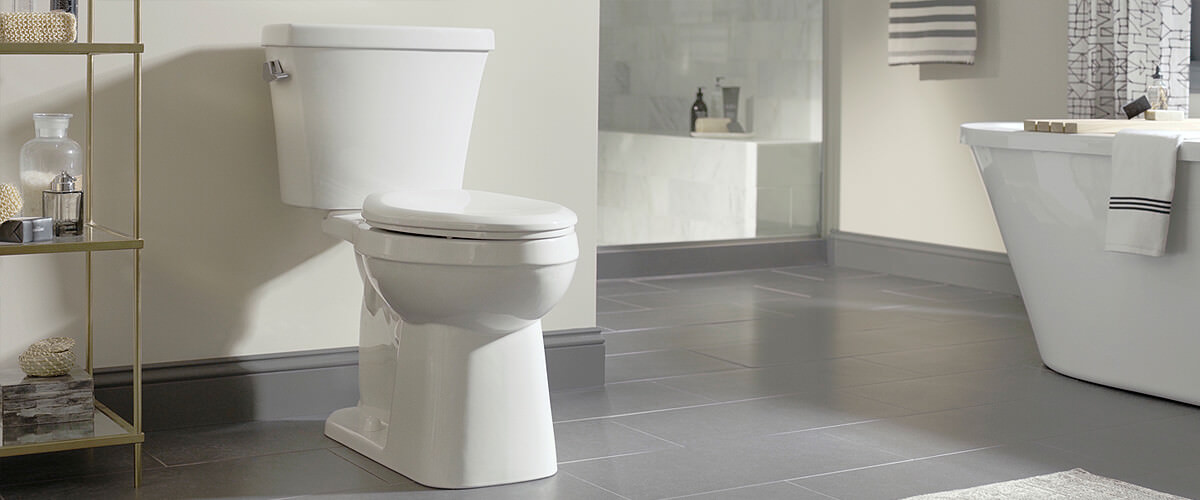
There are many things to consider when buying toilets, so to help you make the right decisions we offer a number of great tips, touching on aspects such as bowl size and flushing systems.
Measuring Up
The dimensions of toilets are vital to getting right as every bathroom is unique in its space constraints. The first thing to determine is the rough-in size, which is the distance between the wall and the outlet pipe. Doing so will tell you what size toilet is right for your bathroom, with the standard being 12 inches. If the space either side of the toilet is a constraint, you might also want to check the distance between the flange bolts and the side walls.
Bowl Shape & Height
The toilet bowl can come in round and oval shapes to suit your preferences. With elongated bowls, you get an extra two inches of length for added comfort, but these are usually more costly. In terms of space, round toilets suit smaller bathrooms. Another thing to consider is the bowl height, which is usually between 14 and 15 inches. Those with difficulty getting up and down may want to choose a bowl with a higher reach.
The style of toilets can be described as one-piece or two-piece. By two-piece, it is meant that the bowl and cistern are connected by piping, while a one-piece tank is connected directly to the tank. One-piece models are easier to clean, but two-piece(close coupled) varieties are cheaper. The way a toilet is fitted is an option to decide on. These days, more and more people are choosing to mount their toilets to walls, but this requires plumbing modifications.
Cisterns
The cistern is the part of the toilet that holds the water and flushes the waste down the toilet. The amount of water it holds is called the cistern capacity, and when choosing your cistern, considerations such as level placement and size of the valve (which determines the flushing speed) will be things to consider.
The inlet pipes feed water into the cistern and waste pipes direct waste away from the bowl to the sewers below. In terms of water flow, there are two types of flush systems: gravity and pressure-assisted. Gravity-assisted is simpler and quieter. You also have a choice of single and dual flushers, the latter of which allows you to flush away water waste using only 50% of the tank.
Modern Toilet
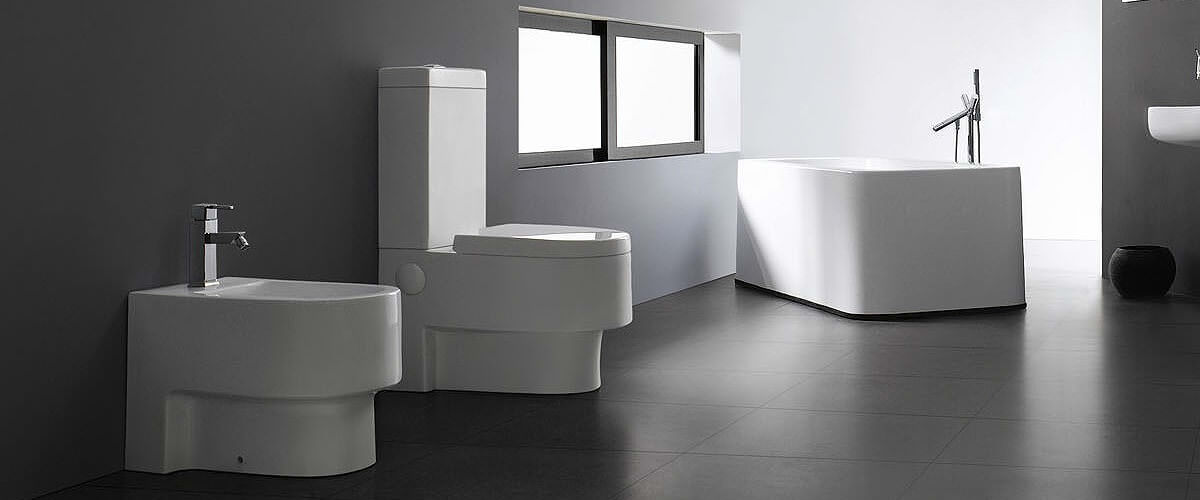
Toilets have come a long way since the old days where there was an outhouse constructed of wood concealing a dark, smelly and downright unpleasant hole in the ground. Thanks to plumbing and fine advancements in manufacturing, nowadays toilets have become very much a part of the interior design elements of our modern bathrooms.
There’s certainly no shortage of choice if you’re looking for a perfect toilet for your home. From the elongated to the circular or square style, you can choose from the latest contemporary designs as well as those that look back to period style. Today’s manufacturers ensure that these toilets are straightforward to install and maintain, so you can be sure that whatever style you choose, your new bathroom will look beautiful for many years to come.
The humble toilet might not be the glamorous star of your bathroom suite, but nobody can deny its central importance. The right one also adds a lot to the style of the room, so it’s worth taking your time to consider the options. A model that looks great in a smart, contemporary bathroom will be out of place in a period house and vice versa. Once you start shopping, you’ll be amazed at just how much they vary. There’s more to toilets than you might think!
There are several major types available in the UK, and the distinguishing features of each are often a mystery to shoppers. We’ve put together this handy field guide to help you find your way through the thicket of toilets on the market.
Close Coupled
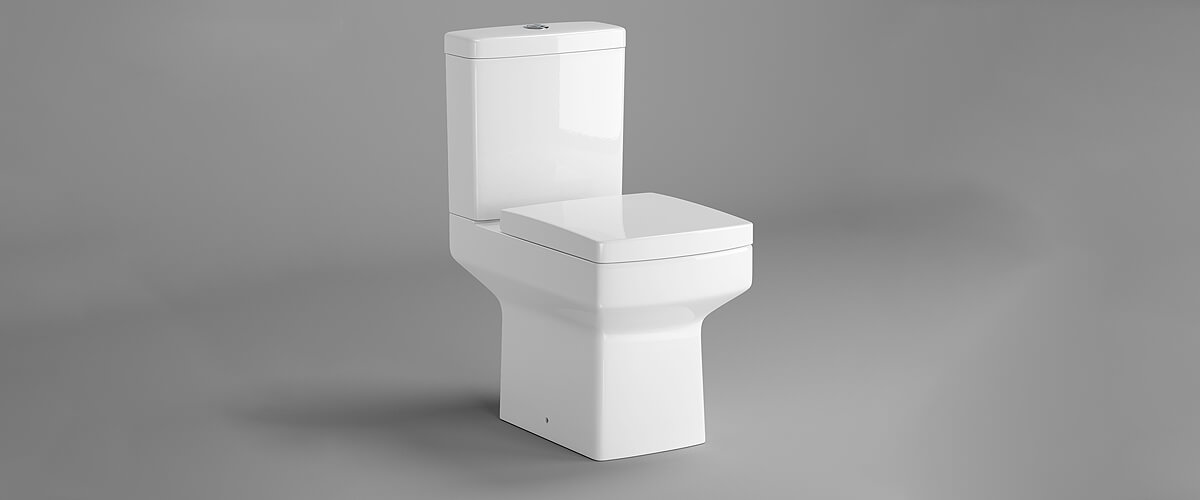
This is the most popular type of version in the UK, and its simple, basic design blends in with most decor choices. These tend to be the most affordable choice, as well. There are two main parts to a close coupled, the pan (also known as the bowl) and the cistern. The cistern sits right above the pan, with no visible pipes, and usually features a push-button or lever handle flush. If you’re outfitting a cloakroom or especially small bathroom, consider installing a compact toilet. This version of the close coupled toilet has a trimmer profile and takes up a lot less space!
Wall Hung
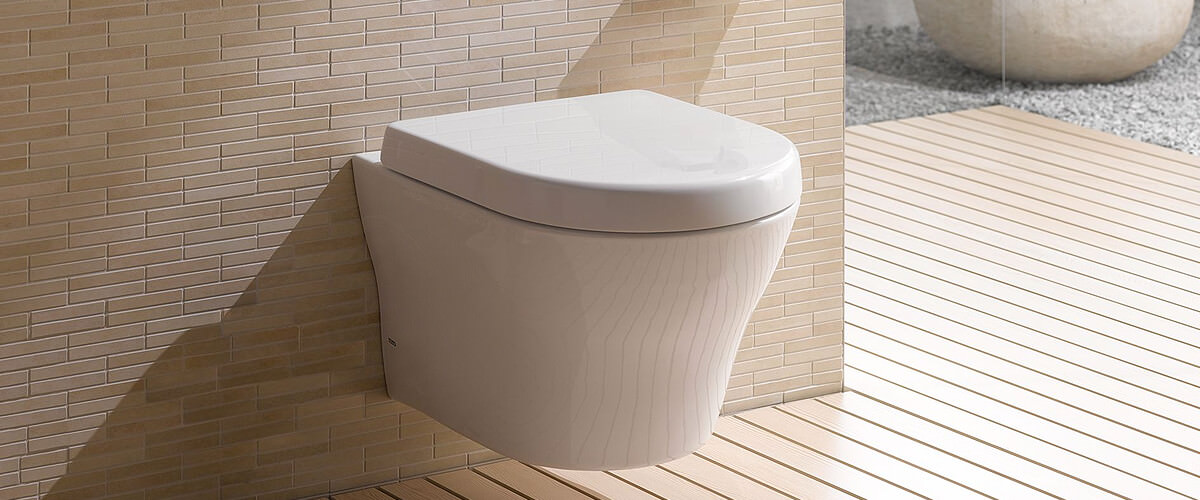
Also known as wall mounted, these toilets have their cistern hidden inside the wall. The pan is suspended from a strong, sturdy frame. It’s a great use of space, looks clean and modern, and is a snap to clean. These toilets can be hung from just about any wall, even a stud wall if the reinforcement and installation is right. They can generally support up to 200kg, so if you’re worried about it falling off the wall when someone takes a seat, don’t be.
Back to Wall
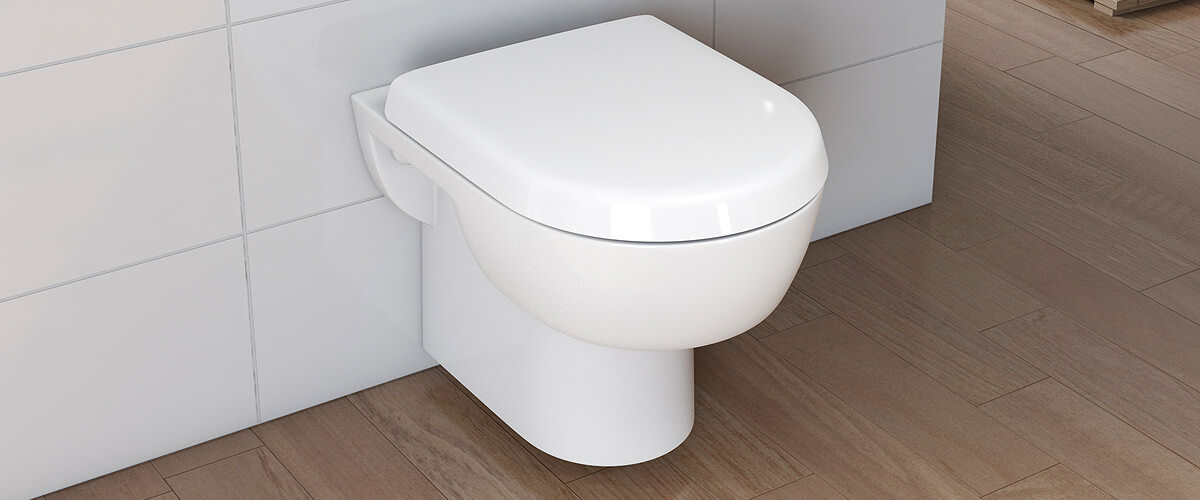
Like the wall hung, the back to wall model sits flush with the wall, and the cistern is concealed. These toilets stand on the floor, which means they’re simpler (and often less expensive) to install, giving you a similar, smart contemporary look at a lower price point.
Traditional Style
The traditional style toilet is a little old-fashioned, so it fits right into vintage or period homes. In a traditional model, the cistern and the pan are two separate pieces, connected by a pipe. These come in low and high varieties and may feature a chain flush.
Accessories and extras
You can customise your bathroom with all kinds of details and accessories. Sometimes just replacing a toilet seat or cistern is enough to give the space a fresh new look. Choose an elegant bidet for luxury and hygiene, or install an eco-friendly urinal to save water.
Traditional Toilets
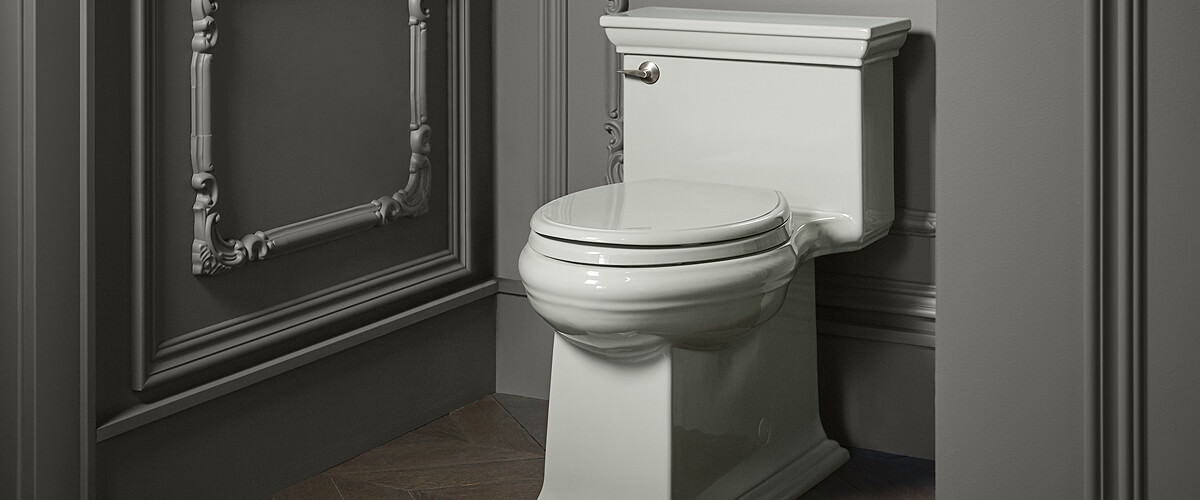
What are Traditional Toilets?
When we talk about traditional models, we certainly do not mean reverting to the poor plumbing standards of the past but of traditional style applied to 21st-century technology. The three main styles refer to the cistern placement that can be close-coupled, Low/Intermediate level or High level. With some traditional versions, the cistern height can be chosen by the installer depending on the length of the flush pipe. Other fittings, such as wooden seats and lids can complete the period look.
Which one to Select? Modern/ Traditional
The choice of style is entirely up to the buyer, and some properties may even benefit from having different bathrooms in different styles. Bathrooms 365 can supply all styles including modern, close-coupled and wall hung, making it easy to get the perfect toilet for any situation. One advantage of choosing a traditional toilet is that vintage styling does not go out of fashion and will always look great.
A Look Back into History
The flushing toilet has been with us for a very long time having been invented in 1596 by John Harrington. The toilet as we know it, with ballcock and siphonic flushing mechanism, was perfected in the late 19th century by Thomas Crapper. The new sanitaryware were hugely successful and were even ordered for installation in Sandringham House by the Prince of Wales (Edward VII) in the 1880s. This royal endorsement of all things WC continues to this day, and it is said that our present Prince of Wales has a collection of antique cistern flush handles!
Back to Wall Toilets
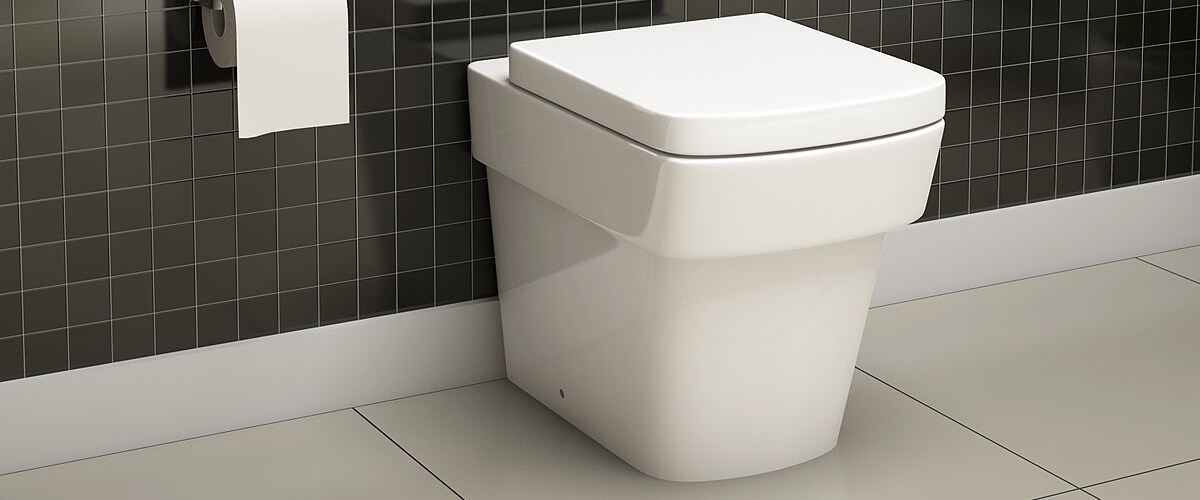
A back to wall toilet fits tight to a stud wall or furniture unit with the cistern concealed within the wall. This version offers effortless design and style with an ultra-modern look. For a toilet that doesn’t dominate your space and looks discreet and sleek, it is your first choice: clean lines, smooth curves and no fuss.
Why Choose Back to Wall Toilets
There are two reasons why homeowners and interior designers opt for back to wall toilets. Such a model offers a clever way for you to optimise your space. These are perfect if you want a bathroom suite in a tight fit, helping your room look and feel bigger. These also offer you a sleek, minimalist looks and are ideal if you want to achieve a modern vibe. Even if you have a large space to fill, these fixtures can help you maximise your room offering a spacious, light, contemporary feel. It also works well in wet rooms offering optimum space. If you’re looking for one of these, we offer a fantastic range.
What are the advantages of back to wall toilets?
Sleek appearance:A back to wall toilet looks neat and trim. It’s visually appealing and suits the contemporary style of many modern bathrooms.
Space saving:Since the cistern is hidden behind the wall, it has a shorter projection length. This is ideal wherever space is limited, such as cloakrooms or small en-suite.
Ease of cleaning: With no exposed plumbing, there are no nooks and crannies where dust and dirt can settle. Just a quick wipedown will leave your back to wall toilet looking shiny and fresh.
Cost: Many people choose a back to wall model because they appreciate the minimalist design of a wall-hung model, but don’t have the budget for the more complex installation required. A back to wall toilet gives you the best of both worlds: modern style at a modest price point.
Things to keep in mind before you buy the right one
Budget: These come in a wide range of price points. Having a price in mind will help you narrow down the options. Check to see whether the pan and cistern are sold together or separately. Don’t forget to include any accessories you might need, such as a seat, lever, or flush panel.
Installation: Make sure the wall where you would like to install your back to wall toilet can appropriately conceal the cistern.
Style: Not all back to wall toilets look alike. They may be rounded or squared, completely plain or with some decorative molding. While generally considered a modern look, the right one can nicely complement even a vintage-style bathroom with a rolltop bath.
Space:Such a format will take up less space than your average close-coupled or traditional variety, but has its footprint. Check the measurements carefully to make sure that your chosen toilet will fit well in your wash area.
Upkeep: Because the cistern of a back to wall toilet is hidden in the wall, you need a convenient way to reach it for cleaning and repairs. You may want to install an access panel.
Wall Hung Toilets
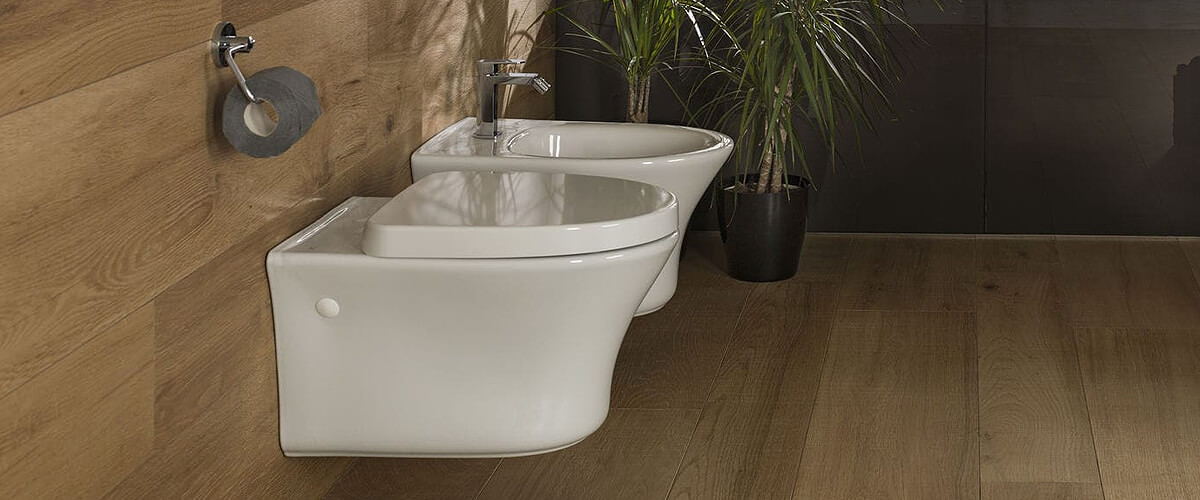
Like anything else in the world, there are upsides, and downsides to choosing a wall hung toilet. Some of these will be more relevant for you than others, but they might help you decide whether a wall mounted toilet is the right choice for you:
Pros:
Smart, space-saving design for small bathrooms.
Attractive modern style for contemporary bathrooms.
Easy cleaning: it’s so much faster and easier to run a cloth over the smooth surfaces of a wall hung toilet. With fewer nooks and crannies where bacteria can hide, they can also help create better hygiene, and it’s also a snap to sweep and mop under the toilet.
Can adjust the height at installation for ultimate comfort. While traditional toilets are one-size fits all, wall hung toilets can be installed to suit your particular needs.
Cons:
Not all rooms have a suitable wall to conceal a cistern.
More complex and expensive to install. Requires a bracket within the wall making it better suited to a new build than a refit.
Repair expense. Installing an access plate with the toilet is a must so that the cistern is accessible. Depending on the frame, the mount may loosen over time, requiring professional adjustment.
Toilet Seats
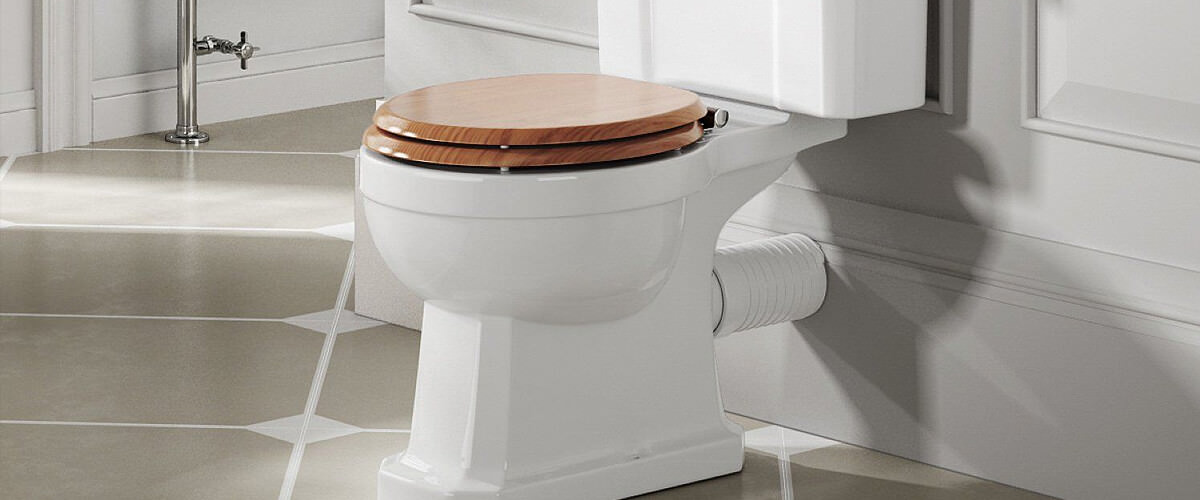
The ideal size for your toilet seat will depend entirely on the size of your toilet! If you’re buying a brand new toilet, you should have all the necessary dimensions hand in the specs. If this is a replacement toilet seat, you might want to take a few measurements:
At the back of the seat area of your toilet pan, measure the space between the two post holes. There’s a standard measurement of around 155mm.
At the broadest part of the pan, measure the width.
Starting at the center front of the toilet pan, measure the length back to the post holes.
Materials:
There are two main materials used to create toilet seats:
Plastic toilet seats are the most common. They may be made of one of several types of plastic: thermoset, thermoplastic, or resin. There are many advantages to a high-quality plastic seat. It warms up to the skin quickly on contact, it’s easy to clean, lightweight, and sturdy.
Wooden seats are still available and quite popular. They are extremely visually appealing, and modern wooden toilet seats are water-resistant and wear well. They may be more expensive and need replacing more regularly than plastic, but in a traditional or period home, they are the perfect finishing touch.
Shapes: The shape of your toilet will determine the shape of your toilet seat:
Pointed nose or elongated nose seats fit traditional residential toilets.
Rounded nose seats are often made to fit compact, space-saving toilets.
D-shape seats are a more recent shape, often found on modern back-to-wall and wall-hung toilets.
Special features:
Finally, there are a few extras you may want to consider:
Soft close hinges are the answer to startling slammed toilet seats in the middle of the night. It’s better for your nerves, and better for the lifespan of your seat. Padding can add another layer of comfort (and insulation on cold days!) to your toilet.
When & Why to Install WC Frames?
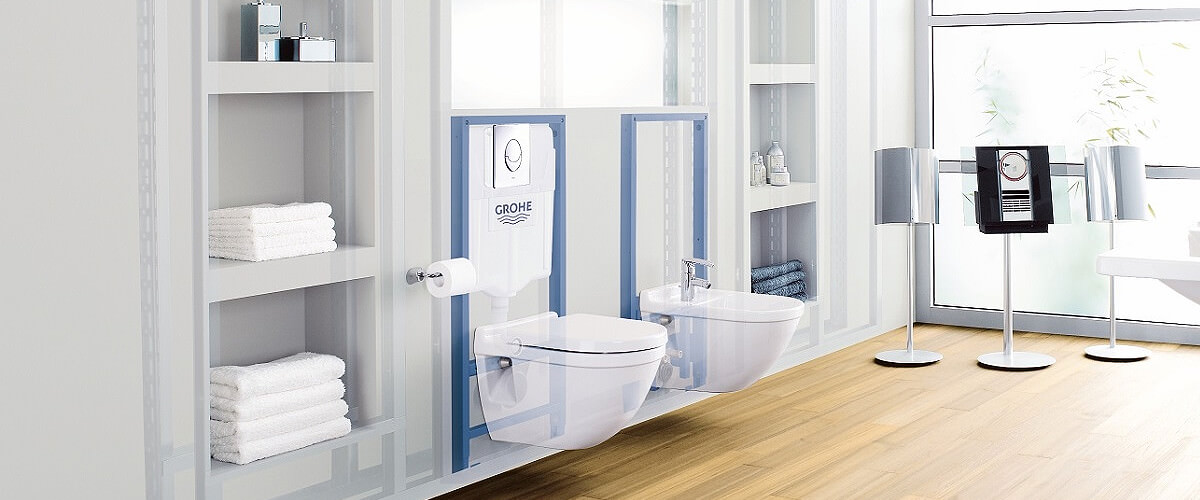
Being able to hide all the plumbing that goes along with a toilet is a great option when you’re short on space, or even if you just crave a sleek, modern look in your bathroom. The installation of a separate cistern (hung behind the wall) is the answer.
If you’re just installing a back-to-wall toilet which will be supporting its weight, a WC frame isn’t strictly necessary. However, a wall-hung toilet requires a specialised frame to stay safe. All of this hidden hardware is a must to keep the toilet where it belongs.
Without a WC frame, sitting on a wall-hung toilet could bring the whole wall down! With a properly installed frame, your wall-hung toilet will be able to hold up to 400kg.
Proper installation is key, so you may wish to consult a professional before attempting to build in a WC frame yourself: this is advanced DIY. Mistakes can be costly and can lead to problems ranging from leaks and loosening toilet pans all the way up to serious safety issues. If in doubt, check with a builder.
How to Select The Right Flush Plate
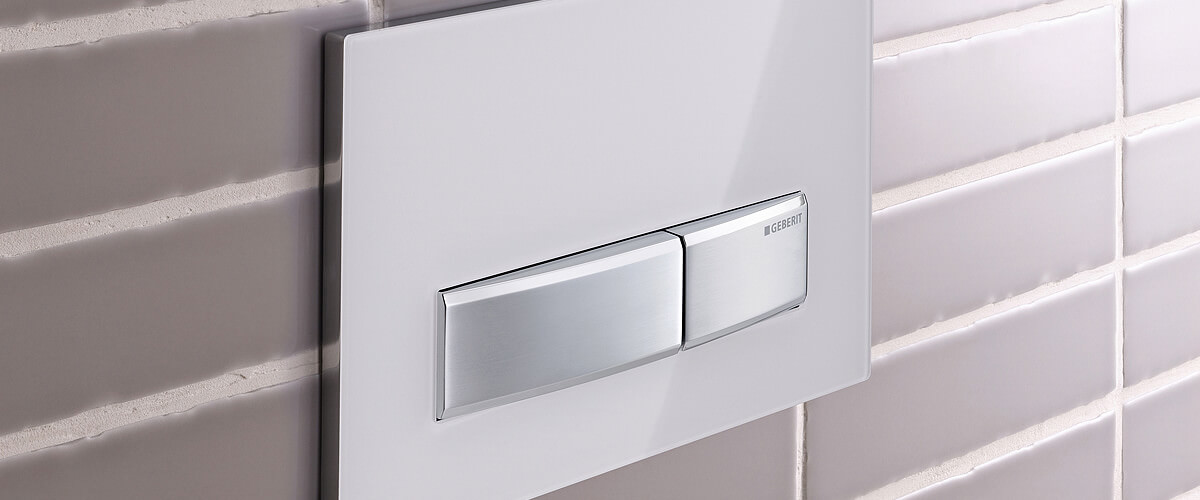
Flush plates are designed to be easily removed from the wall for accessing the electronics and cistern hidden behind, making maintenance tasks just as simple as for close-coupled toilet designs. Learn more about the diverse selection of these stylish and functional plates below.
In terms of functionality, there is a plethora of flush plates available to discover including many dual-flush varieties, with some even showcasing start/stop technology for enhanced usability. Each flush plate has a uniquely designed button setup, from side-by-side square buttons to integrated circular buttons. Available in chrome, wood, glass, and metal, there's plenty of choice on looks as well. A particular favourite is the chrome finish, which matches prominent bathroom features well and helps create a modern look. For a more traditional choice, wooden plates offer a warm, homely feeling for the bathroom.
Selecting the Right Flush Plates
To help you decide on the right flush plate for your bathroom, consider these great tips:
Match the style with the overall décor; glass, for instance, is ideal for contemporary looks.
Select a dual-flush system to save on water, ideally with a stop/start mechanism for greater flexibility.
Make sure to purchase a compatible flush plate, as most are specially designed for certain cisterns.
If you're particularly concerned about hygiene, a touchless option is a way to go as you only need to wave your hand over the plate to activate it.